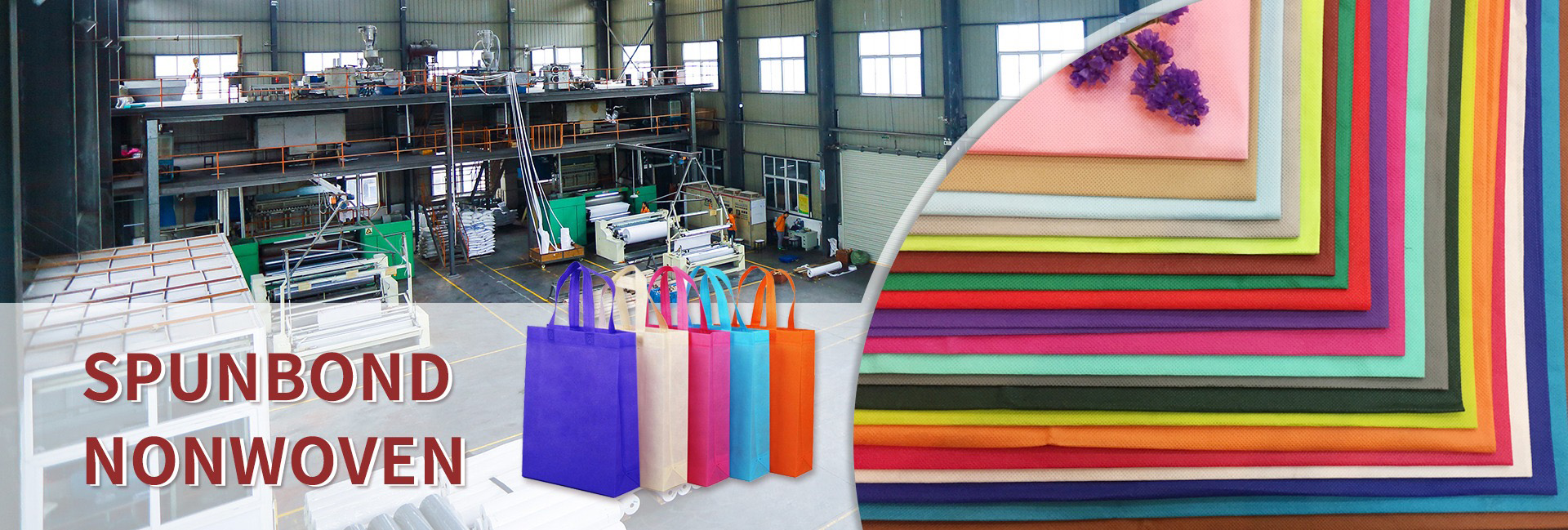The global medical disposable non-woven fabric market is expected to exceed 29 billion US dollars by 2029, with sterile non-woven fabrics accounting for 60% of the market share due to their efficient protection and waterproof performance. The demand for hospitals continues to lead due to the surge in chronic diseases and surgeries, and the Asia Pacific region has become a new engine of growth by improving birth rates and gender balance.
In 2024, the market share of sterile non-woven fabric will reach 60%. Aseptic non-woven fabric products have higher efficiency in preventing the penetration of microorganisms and other organic substances, as well as preventing cross contamination, and are therefore widely used in healthcare centers. In addition, sterile non-woven fabric products also have waterproof properties, which can ensure the high safety of medical staff.
Global market competition pattern
Leading international enterprises dominate the market
The global medical disposable non-woven fabric market is showing a highly centralized trend, with leading companies occupying the main share based on their technological advantages and brand influence. The main international manufacturers include:
3M, Johnson&Johnson, Medtronic, Kimberly Clark: They hold a leading position in the field of high-end medical protection and surgical products, with high technological barriers and products covering surgical gowns, masks, dressings, and more.
Freudenberg, Hartmann, and M ö lnlycke Health Care: Focusing on the medical non-woven fabric segment, such as wound care and infection control products, with a large investment in technology research and development and a global market coverage of 14.
Asahi Kasei and Ahlstrom are known for their high-performance materials, which are widely used in the fields of medical protection and filtration materials47.
By 2023, the combined market share of the top four global manufacturers will exceed 30%, and leading companies will further expand their advantages through mergers and acquisitions.
Asia Pacific region becomes the core of growth
Emerging markets such as China and India are driving the Asia Pacific region to become the world’s largest production and consumption area. In 2023, the Asia Pacific region will account for 65% of the global medical non-woven equipment market, with China being the core growth pole and the Yangtze River Delta and Pearl River Delta forming industrial clusters. For example, Xiantao City in Hubei Province, known as the “Capital of Non woven Fabrics in China,” has gathered over a thousand related enterprises, occupying 60% of the national market share.
The competitive situation of domestic enterprises in China
Rapid rise of local enterprises
Winner Medical and Zhejiang Zhende Medical focus on medical dressings and protective equipment, occupying the mid to low end market through cost-effective products and gradually penetrating into high-end fields.
JinSanfa Group and Dalian Ruiguang Nonwoven Fabric Group: They have scale advantages in the field of nonwoven raw materials, providing stable supply for downstream medical products. In 2023, China’s nonwoven fabric production will account for more than 40% of the world’s total.
Limei Medical Supplies (Suining, Sichuan): With automated production lines and export-oriented strategies, we have achieved breakthroughs in segmented fields such as compressed face towels, and our products are sold to 32 countries and regions.
High regional concentration
The six major non-woven fabric production bases in China, such as Xiantao in Hubei and Nanhai in Guangdong, have formed industrial clusters to promote cost optimization and technological cooperation. For example, the planned annual output value of Guangdong Nanhai Medical and Health Non woven Product Demonstration Base exceeds 20 billion yuan.
Competitive Strategy and Differentiation
Technology research and product innovation
International enterprises focus on the development of functional materials, such as antibacterial and biodegradable non-woven fabrics (such as polylactic acid materials), to meet environmental policy requirements.
Chinese companies can improve efficiency through intelligent equipment, such as spunbond equipment accounting for 50% of the global market share, and automated production lines that can reduce labor costs (such as Limei Medical’s daily production capacity of 200000 pieces).
Integration of industrial chain and cost control
The large-scale production of upstream raw materials such as polypropylene and meltblown fabrics reduces manufacturing costs. China’s polypropylene production capacity will exceed 26 million tons in 2023, supporting the price competitiveness of midstream enterprises.
Diversify downstream applications, such as collaborative development in fields such as medical protection, hygiene products, and automotive interiors, to diversify market risks.
Market Challenges and Trends
Environmental policies drive industry transformation
Environmental regulations in various countries are becoming stricter, leading to an increase in demand for biodegradable non-woven fabrics. China’s policies such as “Made in China 2025″ promote green manufacturing, forcing companies to eliminate outdated production capacity and increasing industry concentration (with the top ten companies having a market share of over 50%).
Post pandemic demand structure adjustment
After the COVID-19, the demand for medical protective articles (masks, protective clothing) has shifted from explosive growth to normalization. Enterprises need to optimize the layout of production capacity to avoid the risk of excess. For example, in 2020, China’s daily production of masks reached 110 million, but it will gradually return to rationality after 2023.
International market expansion and mergers and acquisitions
Chinese companies are accelerating their global expansion through mergers and acquisitions, such as China National Machinery Industry Corporation acquiring international equipment manufacturers to enhance their competitiveness in the high-end market.
Summarize
The medical disposable non-woven fabric industry presents a dual competition pattern of “international giants leading the high-end market and local enterprises seizing the mid to low end market”. The core of future competition will focus on technological innovation (such as biodegradable materials), industry chain integration, and global layout. With large-scale production and policy support, China is gradually transforming from a “manufacturing powerhouse” to a “technological powerhouse” and is expected to occupy a higher market share in the global market.
Dongguan Liansheng Non woven Technology Co., Ltd. was established in May 2020. It is a large-scale non-woven fabric production enterprise integrating research and development, production, and sales. It can produce various colors of PP spunbond non-woven fabrics with a width of less than 3.2 meters from 9 grams to 300 grams.
Post time: Apr-04-2025

